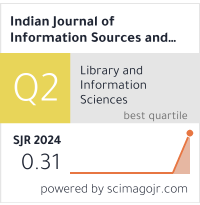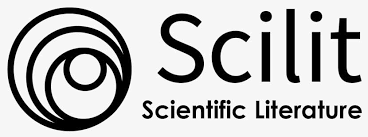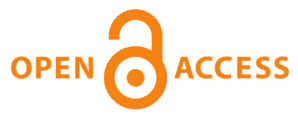Awareness on Social Media among the LIS Professionals in the University of Agricultural Sciences, Dharwad, Karnataka: A Study
DOI:
https://doi.org/10.51983/ijiss.2018.8.3.547Keywords:
Twitter, Blog, Yahoo, Whatsapp, YouTube, Google , Face book and Social media, LIS ProfessionalsAbstract
The present paper focuses on the explore of social media such as Face book, Twitter, Whatsapp, etc. to work as an effective tool for imparting information or knowledge and prove helpful in making awareness among Library and Information Science (LIS) Professionals of University Libraries of University of Agricultural Sciences, Dharwad as most important aspect of social mediaas its emphasis on online collaboration and sharing because it has social networking, user centric characteristics. Data was collected by means of a questionnaire that was circulated among the LIS Professionals of University Libraries of University of Agricultural Sciences, Dharwad randomly. Present article reports the survey of social media, in making awareness among LIS Professionals. Analysis will help the LIS professionals in deriving the benefits of Social media.
References
Al-Dalhani, S. (2010). Exploring the use of social software by Master of Library and Information Science students. Library Review, 59(2), 117-131.
Charnigo, L., & Barnett-Ellis, P. (2007). Checking out Facebook.com: The impact of a digital trend on academic libraries. Information Technology and Libraries, 26(1), 23-34.
Jarboe, G. (2010). Social networking habits vary considerably across Asia Pacific markets. Search Engine Watch.
Mack, D., Behler, A., Roberts, B., & Rimland, E. (2007). Reaching students with Facebook: Data and best practices. Electronic Journal of Academic and Special Librarianship, 8(2).
O’Reilly, T. (2005). What is Web 2.0. O’Reilly Media. Retrieved from www.oreillynet.com/pub/a/oreilly/tim/news/2005/09/30/what-is-web-20.html (accessed 20-5- 2015).
Shaheen, M. A. (2008). Use of social networks and information-seeking behavior of students during political crises in Pakistan: A case study. The International Information & Library Review, 40, 142-147.
Sekyere, K. (2009). Too much hullabaloo about Facebook in Libraries! Is it really helping libraries? Nebraska Library Association Quarterly, 40(2), 25-27.
Subrahmanyam, K., Reich, S. M., Waechter, N., & Espinoza, G. (2008). Online and offline social networks: Use of social networking sites by emerging adults. Journal of Applied Developmental Psychology, 29(6), 420-433.
Tancer, B. (2007). Facebook: More popular than porn. Time Business (Oct 31). Retrieved from http://www.time.com/time/business/article.
Xiaobin, L., & Jing, G. (2009). Innovation community: Constructing a new service mode for academic libraries. The Electronic Library, 27(2), 258-270.
Zakaria, M. H., Watson, J., & Edwards, S. L. (2010). Investigating the use of web 2.0 technology by Malaysian students. Multicultural Education and Technology Journal, 4(1), 12-29.
Retrieved from http://www.blogpulse.com/.
Retrieved from http://www.alexa.com/topsites/global.
Downloads
Published
How to Cite
Issue
Section
License
Copyright (c) 2018 The Research Publication

This work is licensed under a Creative Commons Attribution-NonCommercial-NoDerivatives 4.0 International License.









